Breaking News:
Professor Pattichis will deliver an invited talk titled Large-scale Biomedical Video Analysis for Computer Aided Diagnosis for his EAMBES fellow talk at IEEE BHI 2022.
Professor Marios Pattichis has been elected a 2022 Fellow of the European Alliance of Medical and Biological Engineering and Science (EAMBES) for his contributions to biomedical image analysis.
Professor Marios Pattichis will give a Keynote on Large-scale Video Analysis at the International Conference On Interactive Media, Smart Systems And Emerging Technologies (IMET 2022).
Professor Marios Pattichis is a guest editor to two special issues:
- “Large scale video analytics for clinical decision support,” IEEE Journal of Biomedical and Health Informatics , to appear in 2022-2023.
- “Teaching and learning mathematics and computing in multilingual contexts,” Teachers College Record, to appear in 2022.
Recent publications




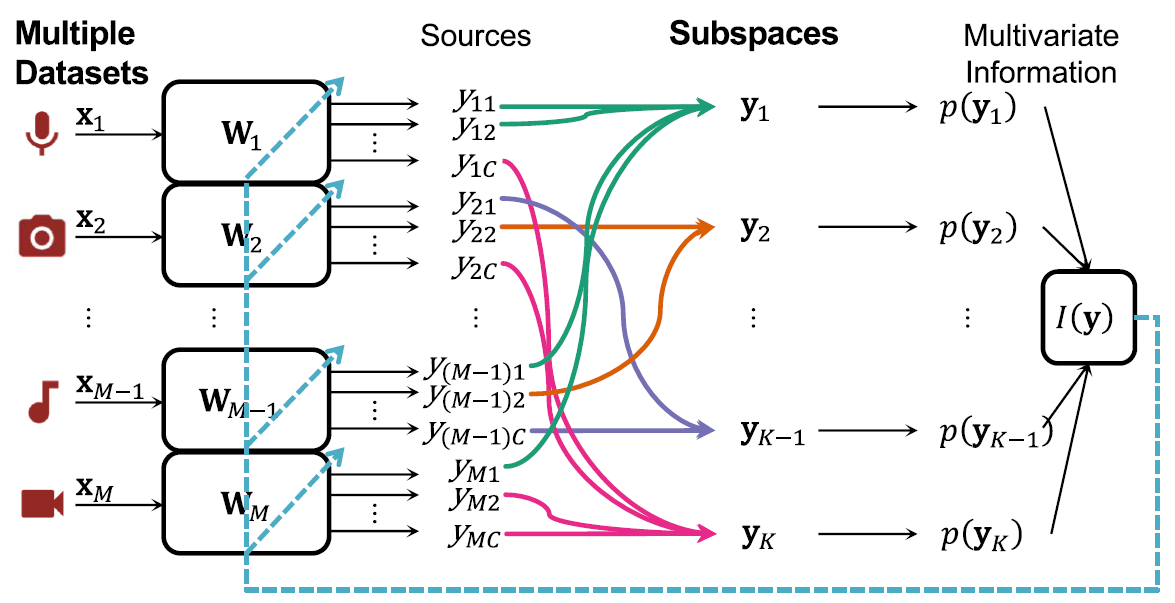
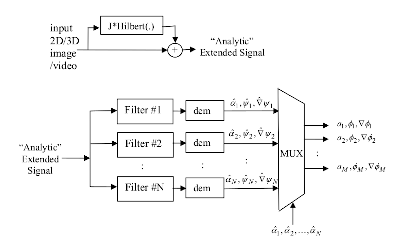
Code:

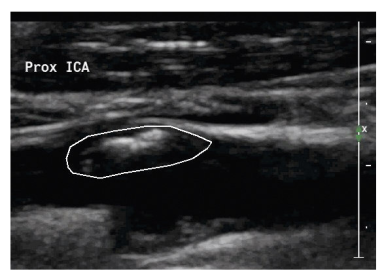
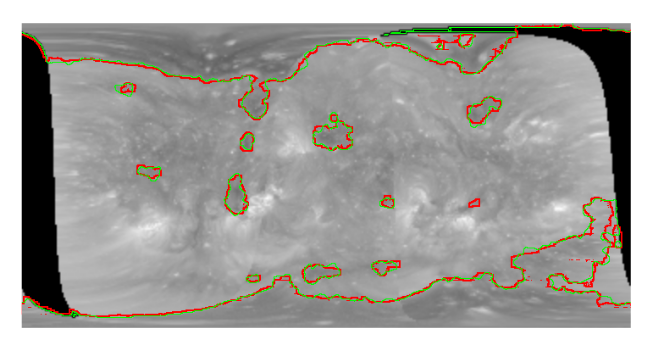
by Rina Diane Caballar, featuring Professor Andreas S. Panayides and our recent IEEE Access paper, Benjamin Bross and Kedar Tatwawadi, in The Tech Alert Newsletterx by IEEE SPECTRUM

Contact Us
Prof. Marios S. Pattichis
Electrical and Computer Engineering
ECE Bldg., Room 229A MSC01 1100
1 University of New Mexico
Albuquerque, NM 87131-0001 P: (505) 277-0486
E: pattichi@unm.edu
Fax: (505) 277-8298
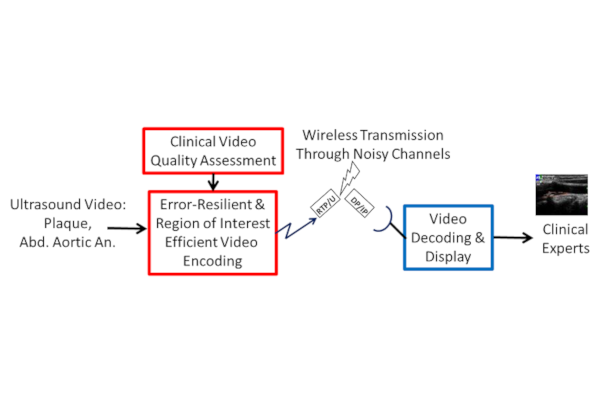
Biomedical image and video processing and Communications
Over the years, the lab has contributed signal and image analysis components of several projects in computer aided diagnosis (CAD). A summary of CAD projects includes: stroke ultrasound image analysis, brain image analysis, hysteroscopic image analysis, eye image analysis, biomedical signal analysis, chest radiograph image analysis, and electron microscopy image analysis.

AM-FM Representations
Multidimensional Amplitude Modulation - Frequency Modulation (AM-FM) representations provide non-stationary representations of image and video content. AM-FM representations capture unique image and video features that can lead to exciting applications in image and video analysis (e.g., in computer aided diagnosis).
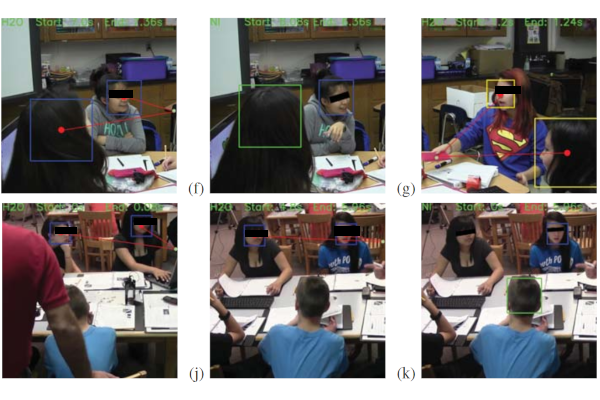
Video Activity Recognition
The AOLME project has demonstrated successful implementation of an integrated curriculum for teaching computing foundations based on middle-school mathematics. Current educational research is focused on the development of learning models to understand how students acquired computing knowledge by participating in the project. Current engineering research is focused on the development of automated video analysis methods to support the development of the learning models.
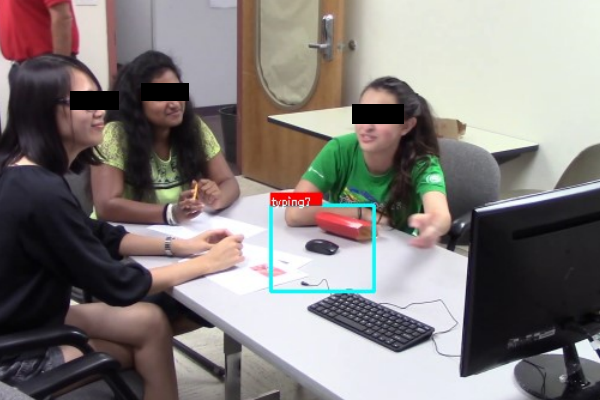
ESTRELLA
Advancing Out-of-school Learning in Mathematics and Engineering
This is an interdisciplinary effort -from faculty with areas of expertise in bilingual education, mathematics education (Prof. Sylvia Celedón-Pattichis and Prof. Carlos A. LópezLeiva), and electrical and computer engineering (Prof. Marios Pattichis and Dr. Daniel Llamocca)- designed to support interactive and visual learning in engineering and mathematics of middle school students, especially from underrepresented groups.
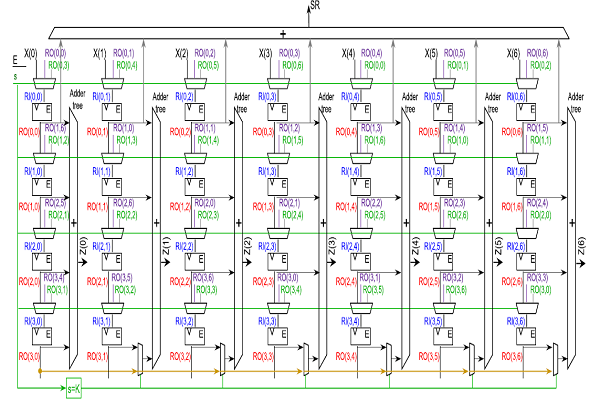
Dynamically reconfigurable architectures for image and video processing
By developing hardware architectures for specific signal, image, and video processing operations, it is possible to achieve very high performance while reducing power requirements. There is strong interest in developing efficient architectures for computing fast convolutions and implementing 2D filterbanks for real-time video processing applications. Also refer to the DRASTIC project for related research.
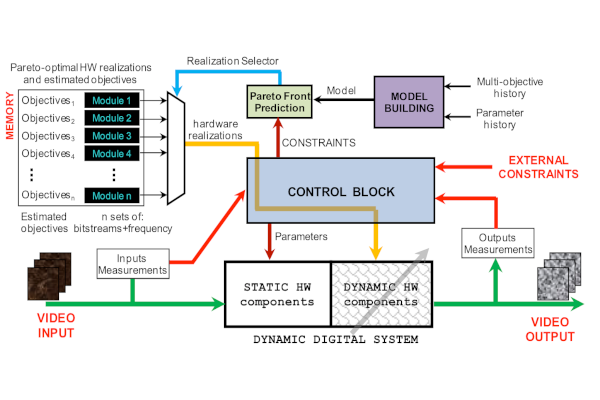
DRASTIC
DRASTIC is focused on the development of adaptive video processing systems that can change in response to content, their environment, or user needs. The DRASTIC platform allows changes in both the software and the hardware that is used to process the videos.
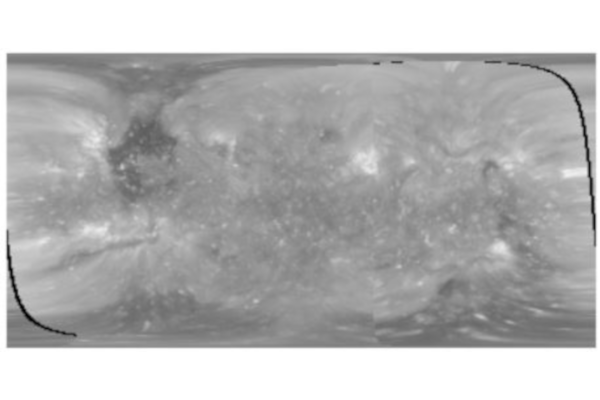
Solar and Remote Sensing
Solar image analysis research requires the development of reliable coronal hole segmentation methods that are validated by manual segmentations from at-least two different independent experts. UNM developed the manual segmentation software that was used for validation of automated segmentation methods. UNM senior design teams have and continue working on a WebApp to support manual segmentations from a large number of users. Current research is also focused on developing matching algorithms for driving physical models from accurate coronal hole detection from solar observation images.

Commercialization
We are very interested in finding commercial partners to help commercialize our research.
Please do not hesitate to contact us to discuss potential partnerships. We are eager to help!
Technical questions:
email: pattichis@gmail.com
official email: pattichi@unm.edu
phone: (505) 277-0486
Share
This website uses cookies to improve user experience.